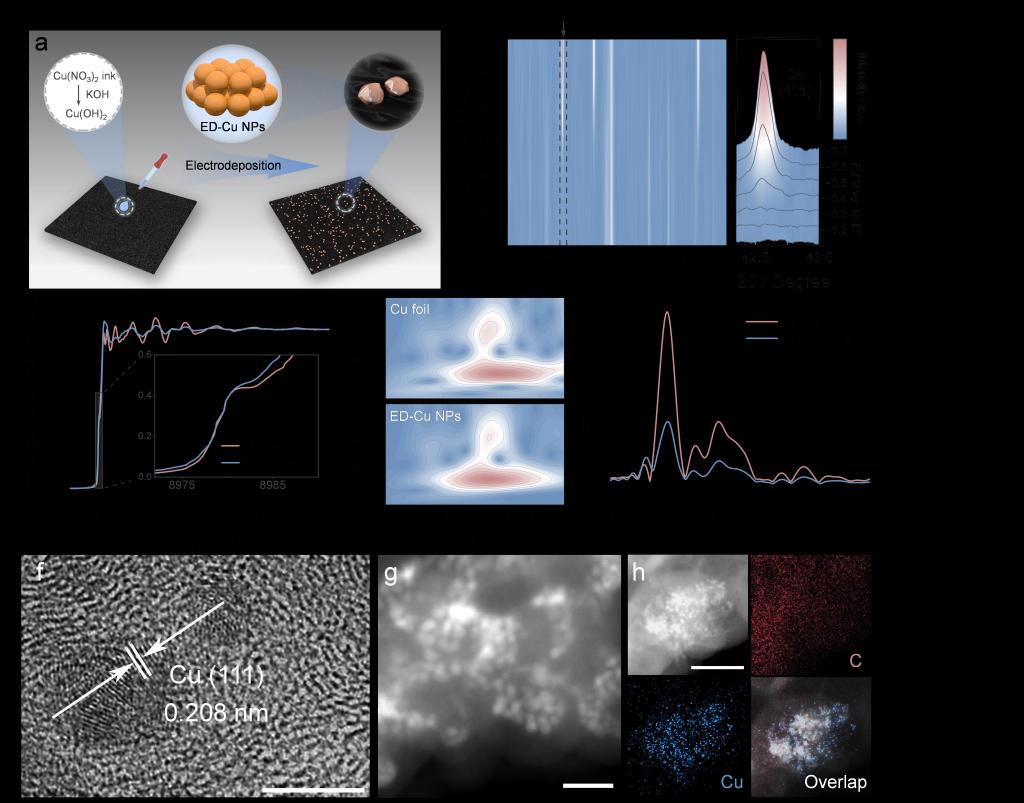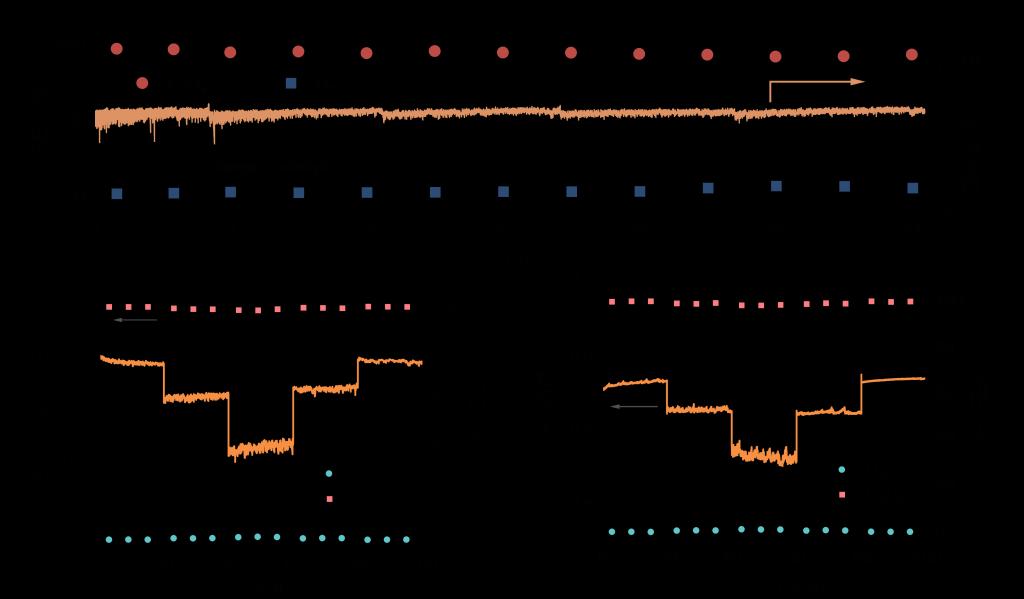
Founded in 1895 as Peiyang University, Tianjin University is the oldest institute of higher education in China, and pioneered the development of modern Chinese education.



Founded in 1895 as Peiyang University, Tianjin University is the oldest institute of higher education in China, and pioneered the development of modern Chinese education.

Tianjin University adheres to the mission of training high caliber talents with innovative abilities, and has had considerable success in the training of high-level specialists in various fields.

Tianjin University constantly refines and optimizes the structure of academic disciplines, and has set up 61 undergraduate programs, 35 master degree programs, and 27 doctoral degree programs.

A rich campus life awaits all those who come to Tianjin University. An integral part of our mission to train talented graduates is providing a fertile environment for students to develope their social, cultural, sporting and artistic lives.

Recently, a research team led by Professor Zhang Bing from the School of Science, Tianjin University has made progress in the research of coal-derived acetylene based electrocatalytic semi-hydrogenation for ethylene production. The research results have been published in the Nature subjournal- Nature Sustainability (Figure 1) under the title "Economically viable electrocatalytic ethylene production with high yield and selectivity" with the School of Science, Tianjin University as the first correspondent.
This research achievement may not only establish a green and sustainable electrocatalytic complementary strategy for continuous C2H4 production with high yield and selectivity but also offer a paradigm for designing nanocatalysts to inhibit the competitive HER during electrocatalytic transfer hydrogenation using water as the hydrogen source.
Co-first authors of the paper include Bohang ZHAO, Research Assistant at the School of Science, Fanpeng CHEN, MSc of 2019, and Mengke WANG, MSc of 2020, and the corresponding author is Professor Bing ZHANG at the School of Science, Tianjin University. Here is paper link: https://www.nature.com/articles/s41893-023-01084-x

Figure 1
There are problems of high-dependence on petroleum, high energy consumption and high carbon emissions in the production of traditional ethylene. Nevertheless, China is rich in coal resources which enables the production of ethylene based on electrocatalytic semi-hydrogenation with coals as the carbon source. Such strategy deserves development since it conforms to national conditions and is expected to produce ethylene by recycling coals. However, given severe competitions for hydrogen evolution and the lack of economic and technological analysis, this strategy’s profitability is still unclear which together restrict the development of this strategy.
To promote the practical application of this strategy, the team led by Professor Zhang Bing firstly set profitable targets from economic and technological analysis and revealed that the key to profit is to curb the competition between ethylene perhydrogenation and hydrogen evolution reaction at an industrially relevant current density. Economic and technological analysis has shown that this strategy is profitable only if the current density is larger than 0.2 A cm-1 and the Faraday efficiency is larger than 85%. Based on this, they meticulously designed the catalyst: (1) a Cu catalyst with weak ethylene adsorption was chosen to curb the competition for perhydrogenation and enhance ethylene selectivity; (2) theoretical calculations confirmed that the small size of Cu not only promoted the activation of water but also increased the energy barrier of the hydrogen evolution reaction (Figure 2b), thus improving the Faraday efficiency of ethylene.

Figure 2
In addition, given the fact that traditional drop-coated electrode materials tend to peel off when working at an industrially relevant current density, self-supported nano-copper gas diffusion electrodes are ideal electrode materials but whose production process is challenging for it is easily affected by the hydrophobicity of the substrate.
The research team developed an innovative confinement dissolution and interfacial growth strategy to develop 3-5 nm copper-loaded gas diffusion electrodes by electrodeposition using copper hydroxide formed by the slow dissolution of copper nitrate at the interface between hydrophobic electrodes and alkaline electrolyte as the copper source (Figure 3).

Figure 3
Using this electrode, they achieved an ethylene Faraday efficiency of 97.7% and an ethylene selectivity of nearly 100% at an industrially relevant current density of 0.5 A cm -2 and an electrode stability of up to 54 h (Fig. 4a). In addition, gradient stability tests also confirmed that the electrode can maintain high selectivity in ethylene preparation over a wide potential range (Fig. 4b, c) and can be applied to renewable energy power drives with fluctuating features. The results of the full life-cycle carbon emission analysis show the excellent carbon reduction potential of this strategy (Figure 5).

Figure 4

By School of Science
Editor: Sun Xiaofang